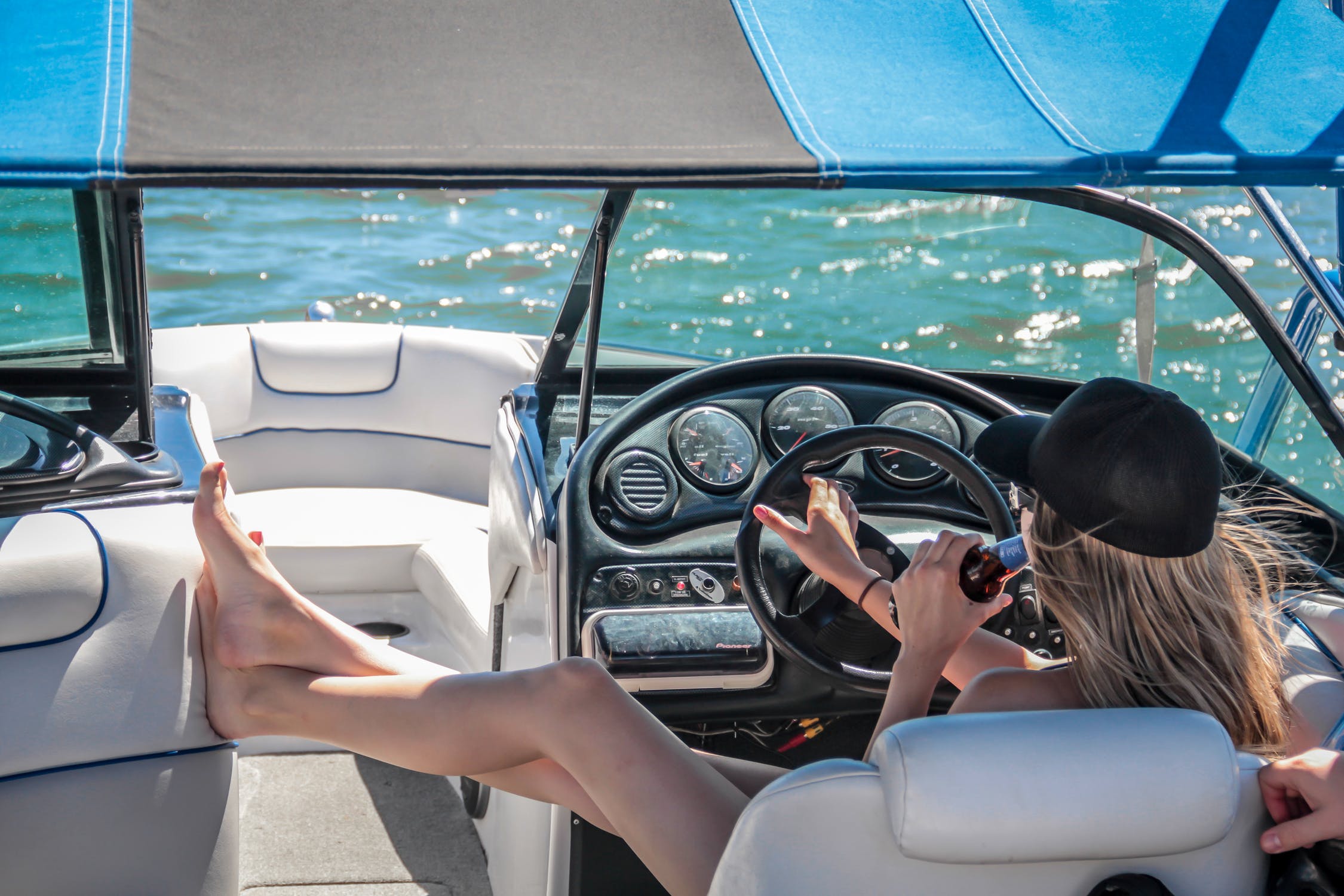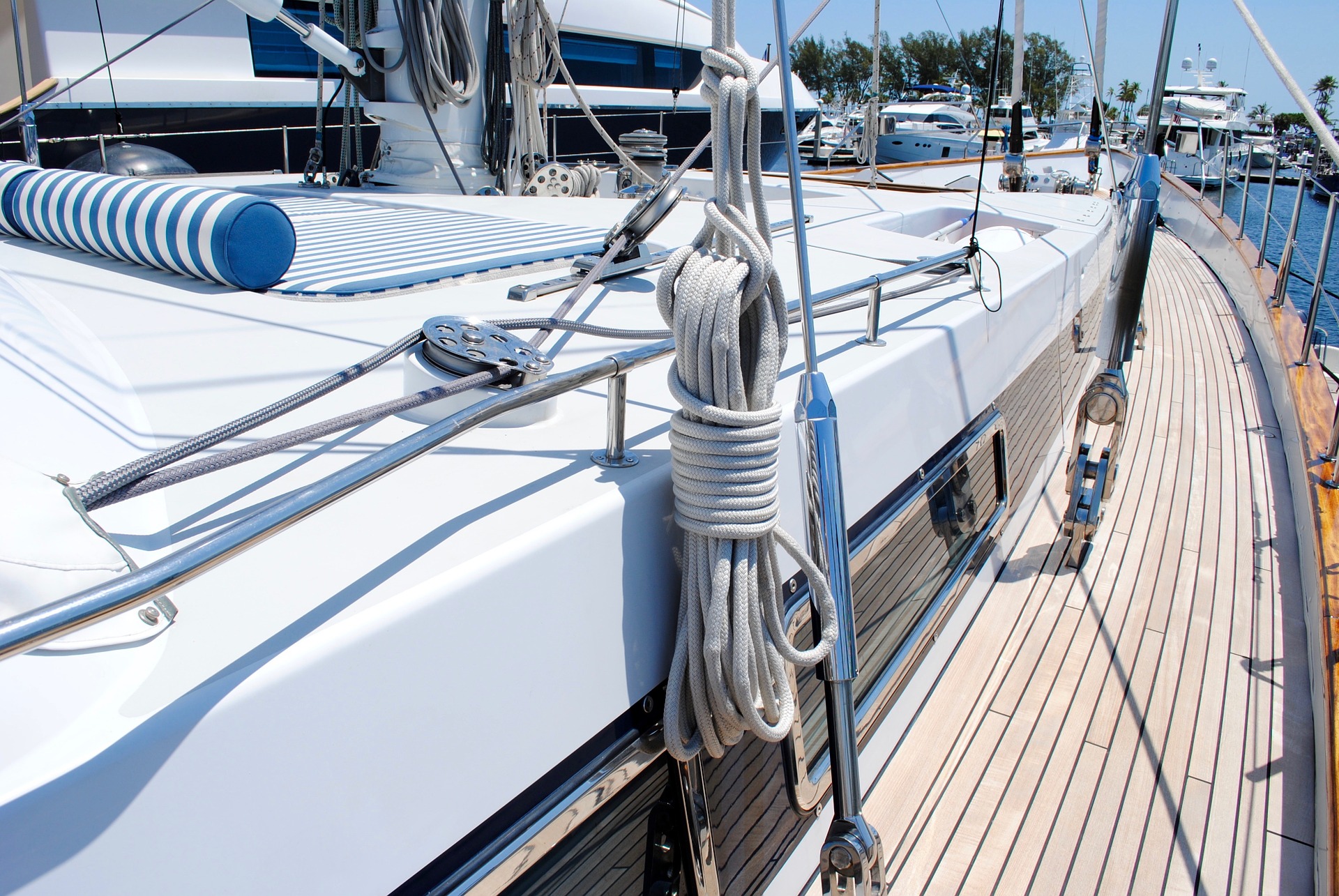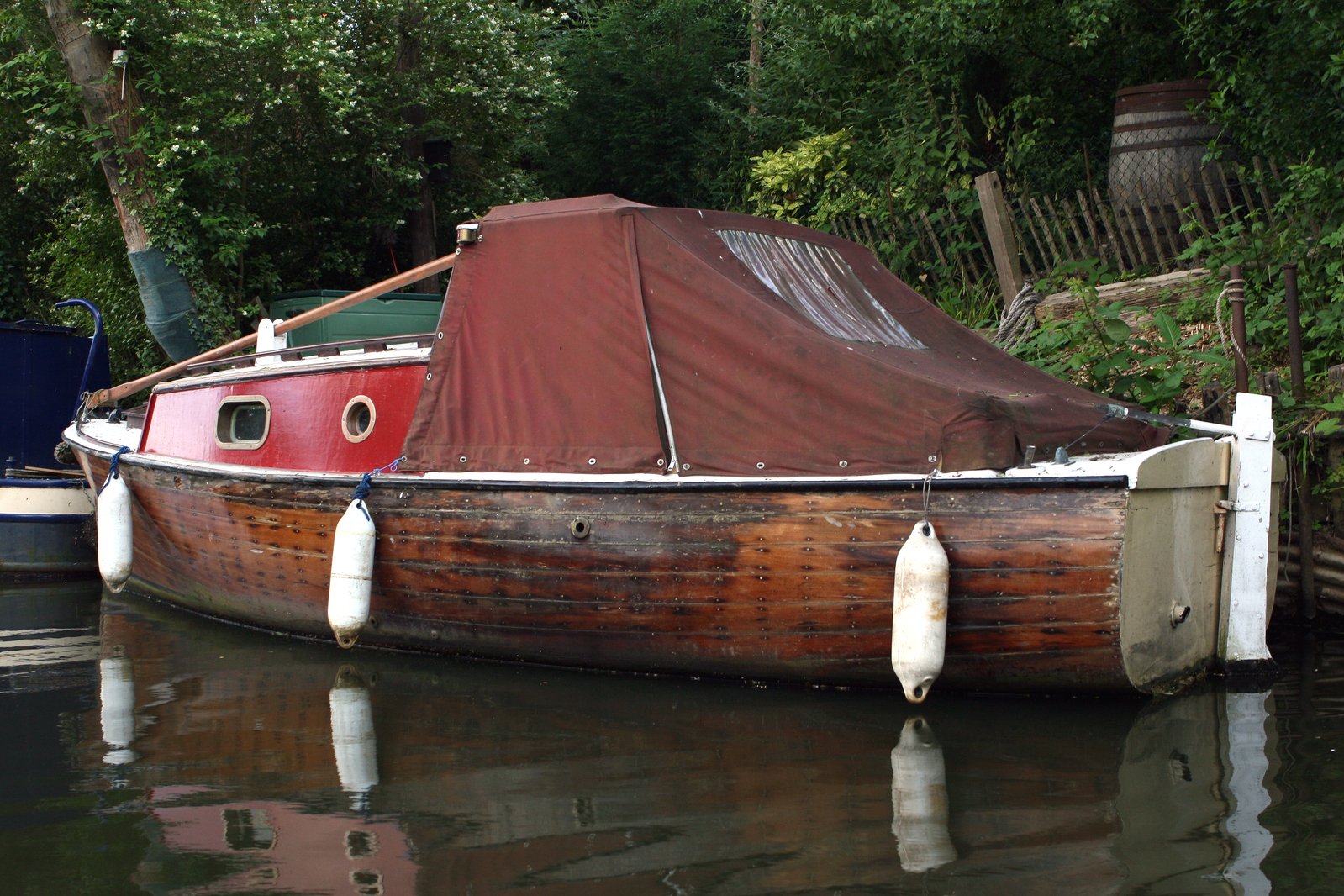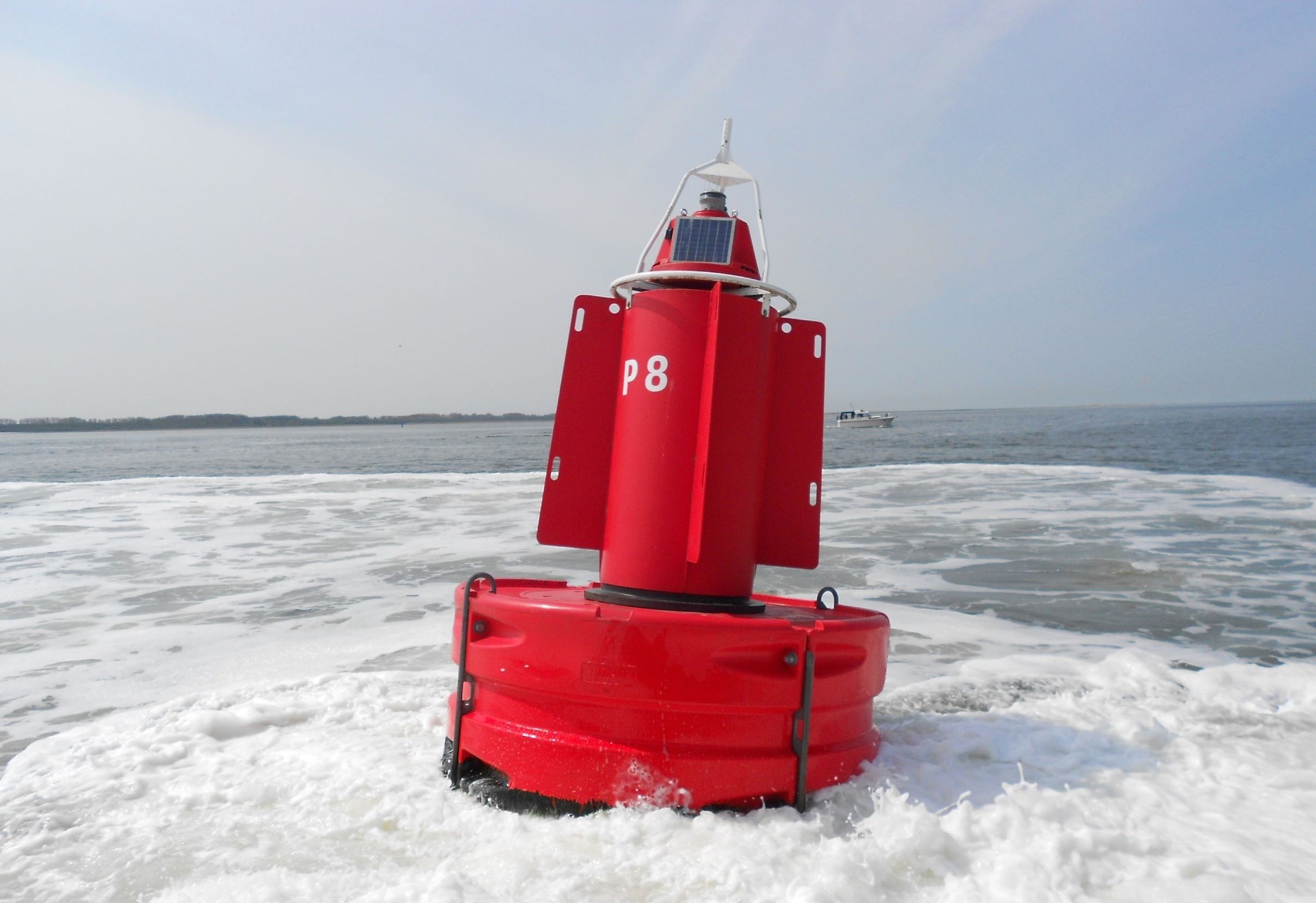
When it comes to boating, safety should always be your priority. And as a responsible boater, you should always follow safety protocols and take note of navigation signs.
In this article, we listed all boating signs and explained their meanings and purposes if you’re still new to boating. This will not only give you additional knowledge but will also keep you safe on your boating trips.
WHAT DO BOATING MARKERS MEAN?
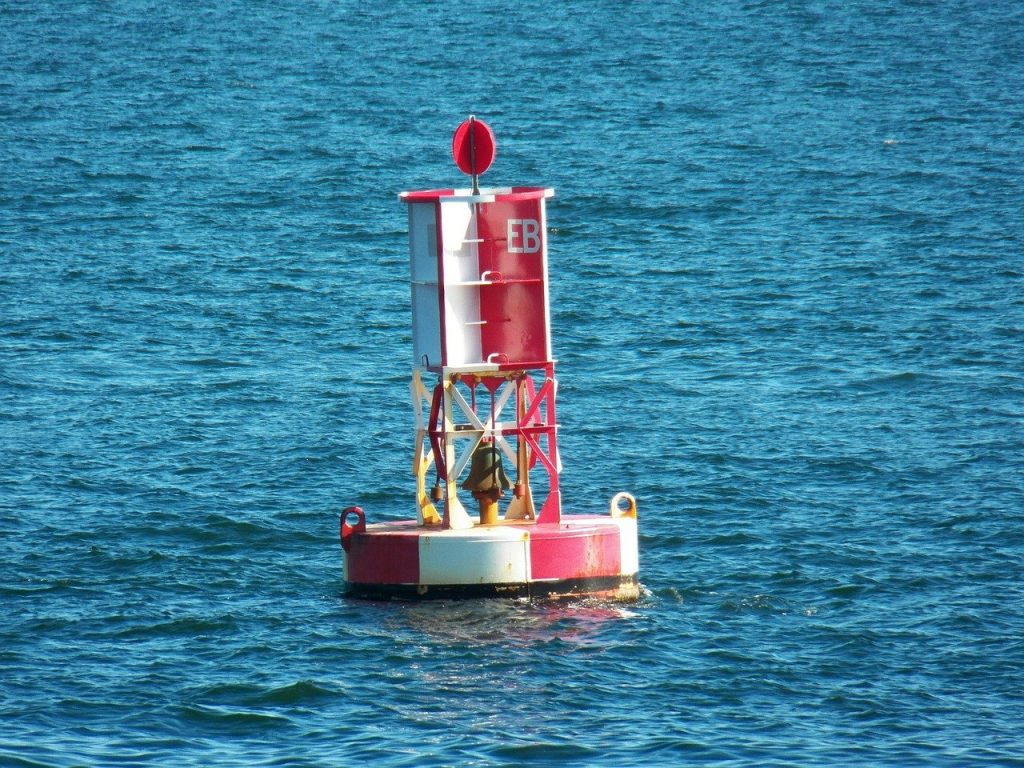
There are many types of boating markers: buoys, dayboards, and beacons. You can see these markers in the middle or edges of safe water areas with different colors and number marks.
Buoys
Buoys are known as water aids that float on top of the water. They are cylindrical in shape that is similar to traffic lights that guide boat operators when crossing waterways. Some of them have fixed lights while others don’t. The most common direction buoys that you can see are:
| Types of Buoys | Location | Meaning/What to do | Shape | Color and number |
Port hand buoy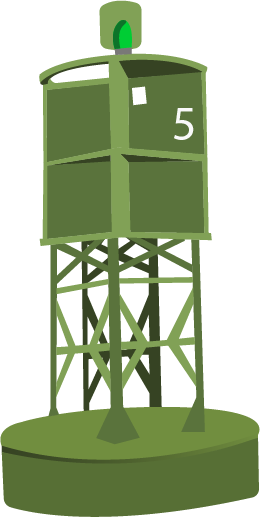 | Can be seen on the left side of a channel. | Keep the green buoy on the left (port) side of your boat when proceeding upstream. | Flat top and can be shaped like pillars, spars, or cans. | Green – Odd number *Take note: The lower the number, the nearer the open water is. |
Starboard hand buoy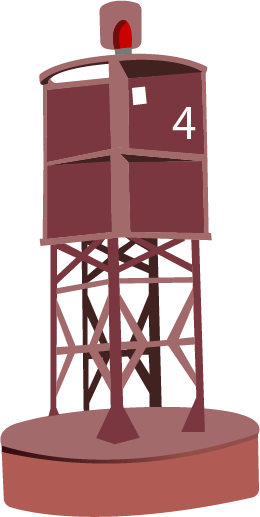 | Can be seen on the right side of a channel. | Keep the red buoy on the right (starboard) side of your boat when you’re moving upstream. | The upper part is cone-shaped. | Red – Even number |
Isolated danger buoy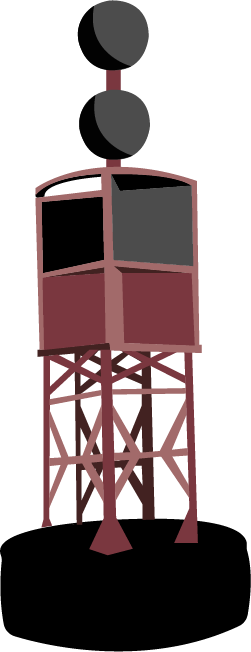 | Placed directly or above a secure or isolated body of water (or if there’s a wreck or large rocks) | Marks a navigable isolated water hazard. | Has two black spheres on top (one above the other). | Red horizontal stripe (has white light) |
Bifurcation buoy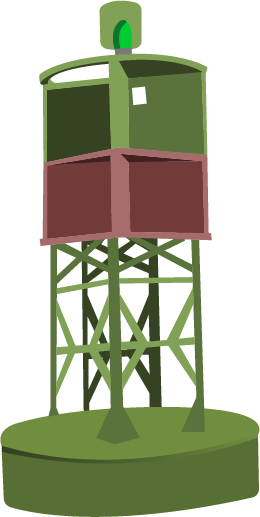 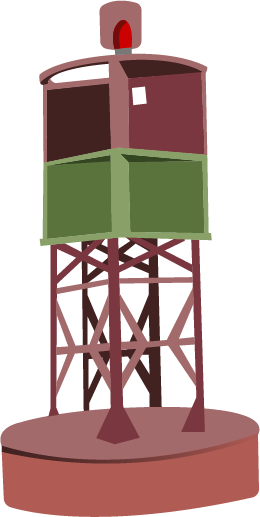 | Placed at the junction of two channels. | Marks the point where a channel divides and indicates which is the preferred (wider) channel. | Flat top and can be shaped like pillars, spars, or cans. | *top to bottom* Red light – the red band- green band (preferred channel to port) Green light – green band – red band (preferred channel to starboard) |
Besides these channel buoys, there are also special buoys that you can see while sailing.
- Mooring buoy – marks the area for mooring/securing your vessel.
- Control buoy – marks restricted areas.
- Diving buoy – marks the area where people can do diving activities.
- Swimming buoy – marks swimming area.
- Anchorage buoy – marks the designated anchorage areas.
WHAT IS THE MEANING OF THE ODD AND EVEN NUMBERS ON BUOYS?
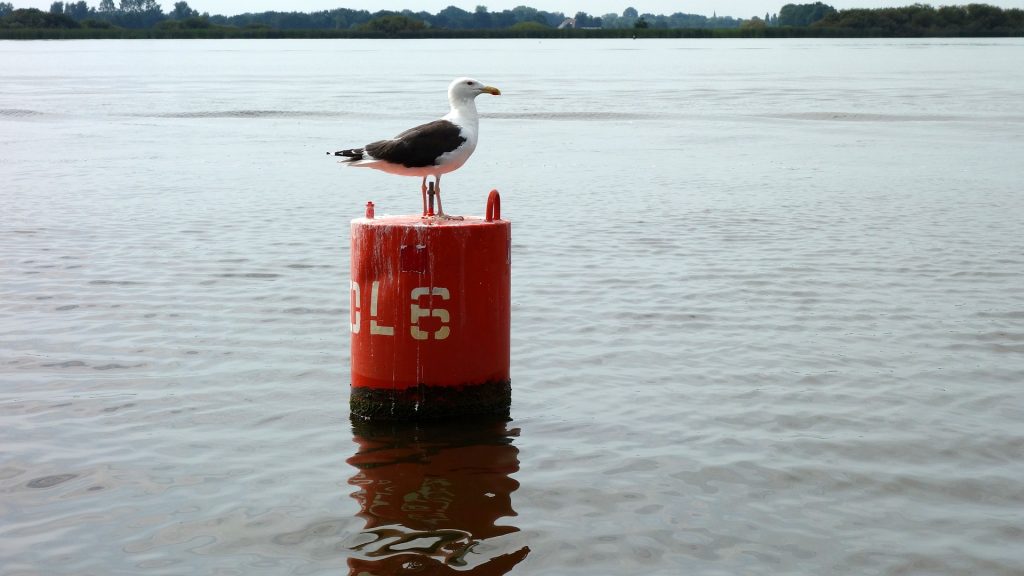
As mentioned in the table earlier, red (or the starboard buoy) has even numbers while the green (or port buoy) has odd numbers. These numbers indicate which way you’re headed – red means you’re returning to land.
As the number increases, the closer you are to land and as the number decreases, the nearer you are to open waters.
WHAT ARE THE DIFFERENT COLORS OF BUOYS AND WHAT DO THEY MEAN?
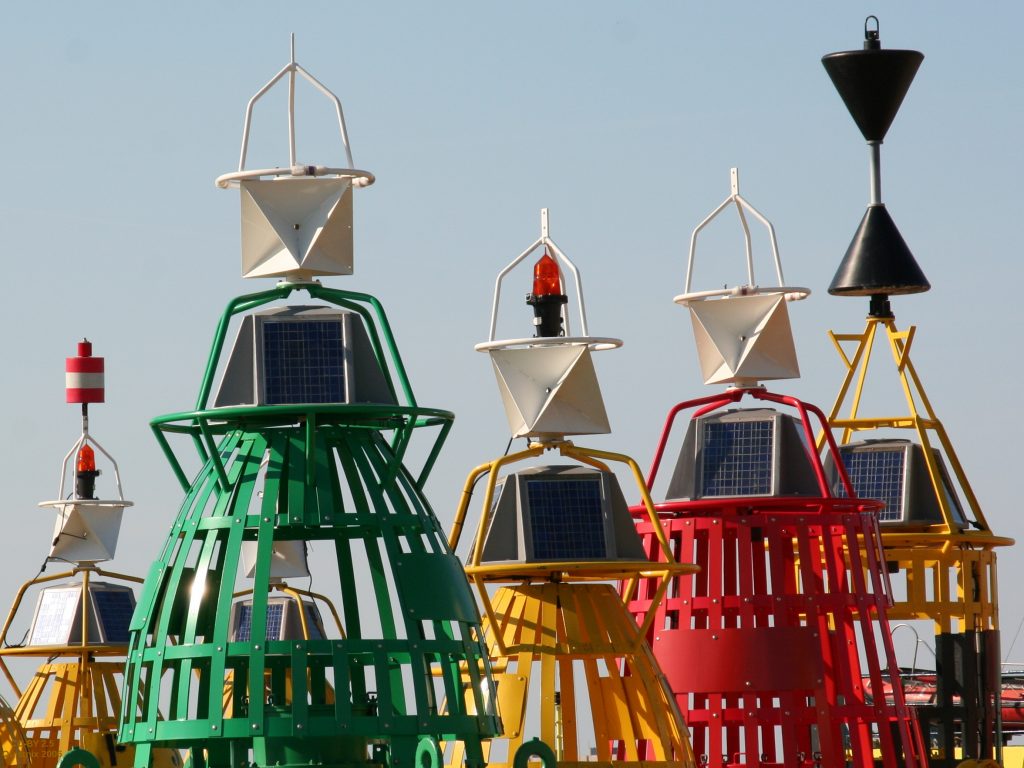
Red and Green Buoys
Usually, these colors indicate junctions or directions – they are usually located towards a main or secondary channel.
White Buoys
White buoys can indicate swimming areas near camping zones or can indicate a speed limit. If a white buoy has a blue stripe, then it’s a mooring buoy.
Yellow Buoys
It’s important to be alert when a yellow buoy is nearby. This means, keep clear to avoid hidden objects underneath the waterways like huge rocks or shallow shoals.
Black and Red Buoys
These buoys simply mean danger – some charts may include texts on why it’s dangerous. All boaters should use caution when moving closer to these buoys.
WHAT’S THE DIFFERENCE BETWEEN BUOYS AND BEACONS?
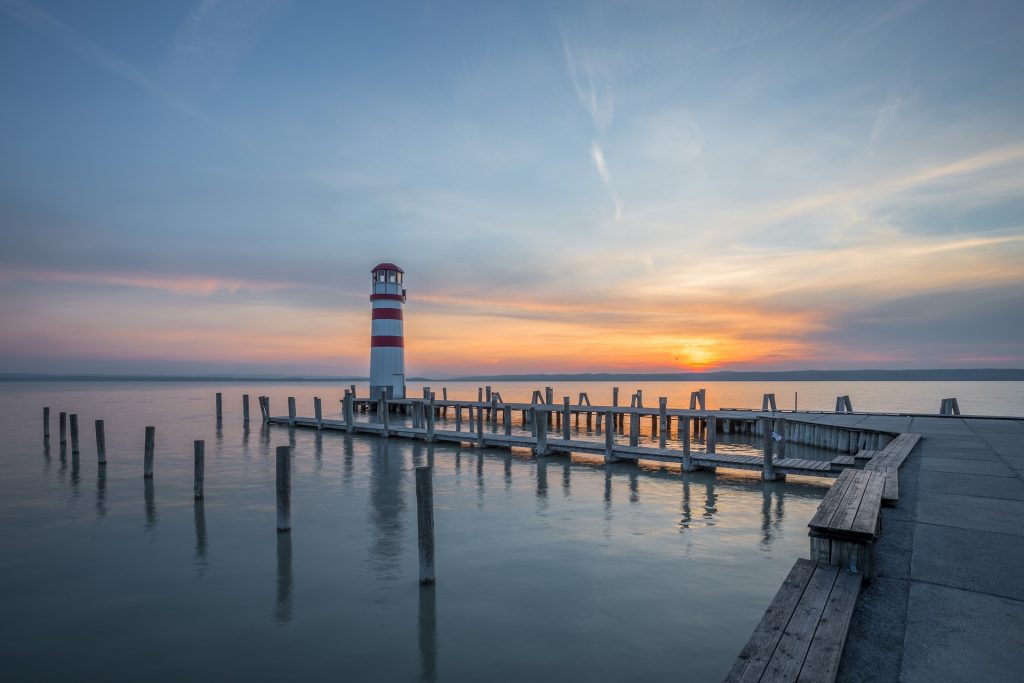
Both buoys and beacons give warning and safety instructions to boaters. The easiest way to distinguish them is to keep in mind that buoys are floating while beacons are fixed.
A good example of beacons are lighthouses, poles, and other navigation aids that are out of the water. Other navigation beacons have lights while others that don’t have are called “day beacons.”
| Types of Beacons | Location | Meaning/What to do | Color/Shape |
| Starboard Junction Day Beacon | Can be seen at junctions of two channels. | Choose a preferred channel and keep your boat’s right (starboard) side on the sign when moving upstream. | Red diamond sign with a red triangle inside |
| Port Junction Day beacon | Can be seen at junctions of two channels. | Choose a preferred channel and keep your boat’s left (port) side on the sign when moving upstream. | Red diamond sign with a green square inside. |
| Starboard Hand Day Beacon | Located on the right side of a preferred channel. | Keep right when your boat is going upstream. | Red reflective border with a red triangle at the center. |
| Port Hand Day Beacon | Located on the left side of a preferred channel. | Keep left when your boat is going upstream. | Green reflective border with black or green square at the center. |
CONCLUSION
There are various types of boat navigation signs that can be seen while you’re sailing. And the best way to avoid accidents is to be familiar with them or bring printed copies of boating signs as a guide.
Do you think these navigation signs are helpful? Share us your thoughts and comment below.

